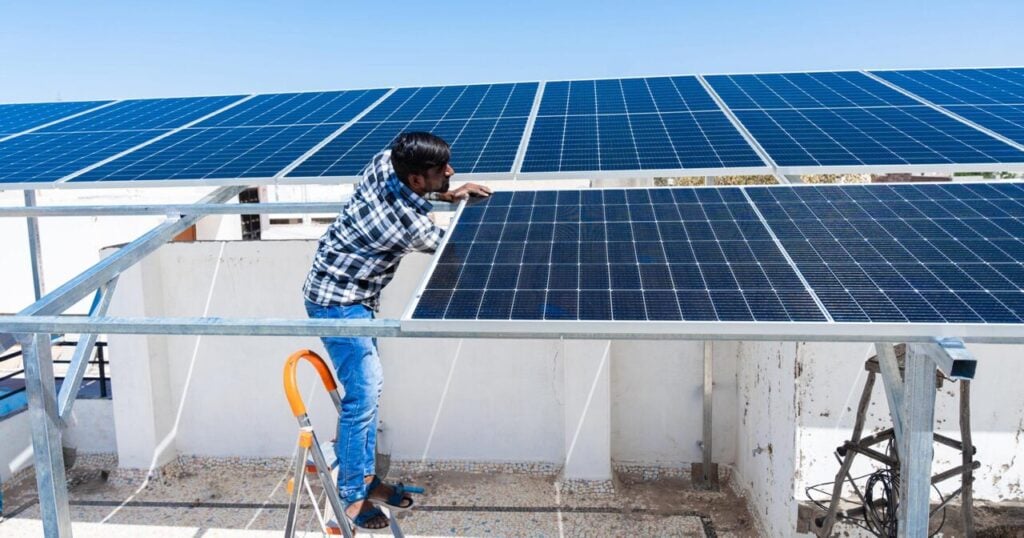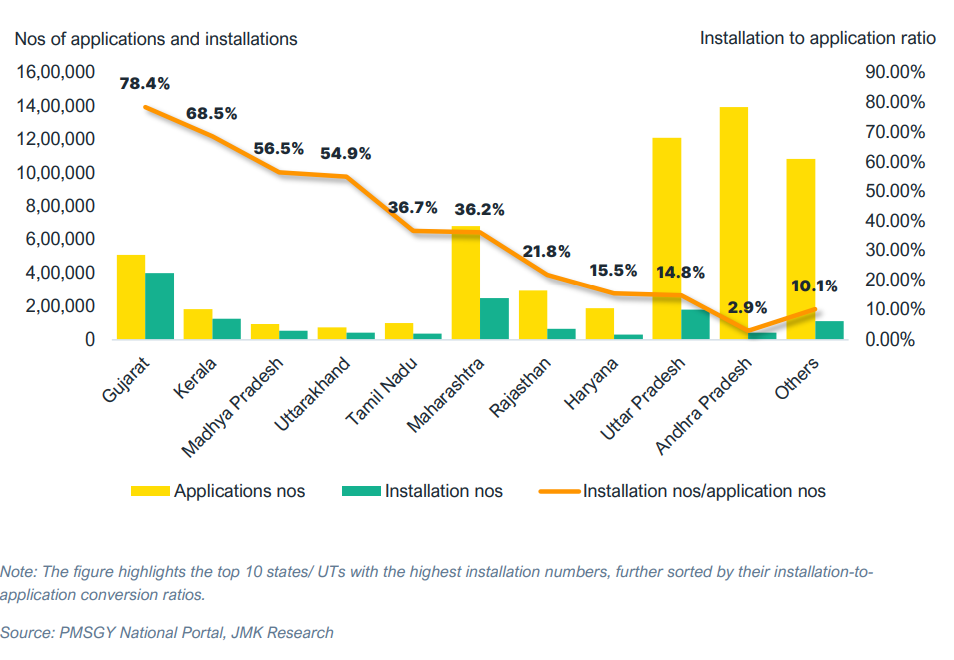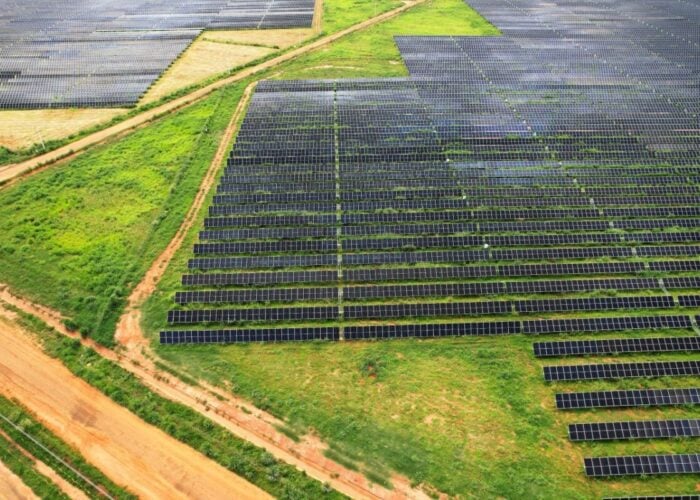
India installed 4.9GW of residential rooftop solar capacity in the first half of 2025, according to a new report by the Institute for Energy Economics and Financial Analysis (IEEFA) and JMK Research.
According to the report, the surge in rooftop solar installations is driven by the government of India’s Pradhan Mantri Surya Ghar Yojana (PMSGY), a rooftop solar scheme launched in 2024. Under the initiative, government subsidy disbursements have exceeded INR92.8 billion crore (US$1.05 billion), the report said.
Try Premium for just $1
- Full premium access for the first month at only $1
- Converts to an annual rate after 30 days unless cancelled
- Cancel anytime during the trial period
Premium Benefits
- Expert industry analysis and interviews
- Digital access to PV Tech Power journal
- Exclusive event discounts
Or get the full Premium subscription right away
Or continue reading this article for free
Applications for residential rooftop solar installations surged nearly fourfold between March 2024 and July 2025, reaching over 5.79 million.
However, not all of these applications translate to operational projects. The report’s ‘conversion ratio’, a measure of successful deployments as a percentage of total applications shows that Gujarat and Kerala have the most success converting project applications to actual deployments, with conversion ratios above 65%.

Additionally, several states, including Assam, Delhi, Goa, Uttar Pradesh and Uttarakhand, offer direct capital subsidies to offset high upfront costs.
Under PMSGY, Gujarat tops the list with 1,491MW of installed residential rooftop solar capacity, followed by Maharashtra, Uttar Pradesh, Kerala and Rajasthan. Together, these states account for roughly 77.2% of the 4.9GW installed under the scheme.
However, as of July 2025, only 13.1% of the ten million installation target and 14.1% of the allocated INR65.7 billion (US$7.5 billion) in subsidies had been disbursed. Indeed, as of July 2025, the national installation-to-application conversion ratio under PMSGY stood at just 22.7%, highlighting challenges in converting demand into operational rooftop solar capacity.
Against this backdrop, achieving the PMSGY target of 30GW of cumulative rooftop capacity additions by 2027 remains a significant challenge. The report noted that adoption continues to be constrained by low financing awareness, cumbersome loan procedures, technical glitches in grievance systems, and fragmented supply chains.
JMK Research’s Aman Gupta suggested a district-level escalation system under PMSGY to tackle subsidy delays, data errors and portal issues. A standardised, plug-and-play solar kit could address fragmented quality and speed up installations. The report noted that PMSGY’s success depends on streamlined digital processes, standardised products and strong consumer support.






